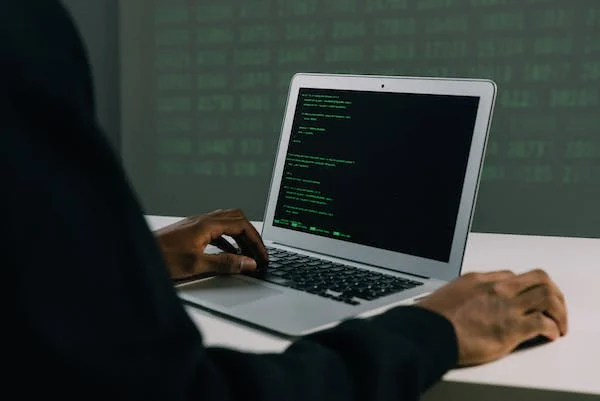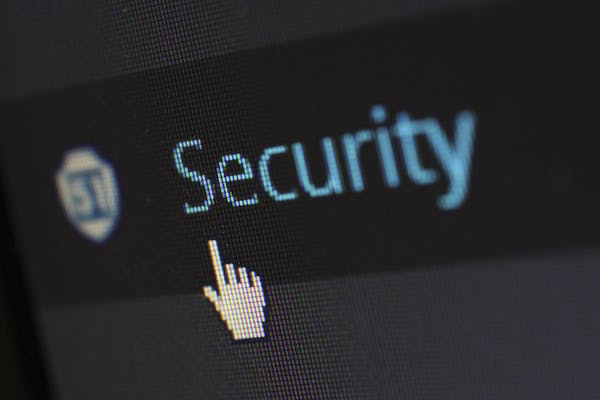[contact-form-7 id=”4740″ title=”Call me”]

In an era where cyber threats and data breaches have become rampant, implementing stricter security protocols has become indispensable for companies of all sizes. A robust security system not only ensures the protection of sensitive data but also safeguards the company’s reputation and trustworthiness among customers.
This article will discuss how to implement stricter security protocols in your company, to ensure the company’s safety.
The first step towards implementing stronger security protocols is to conduct a thorough security audit. This audit will help identify any existing vulnerabilities, assess the current security measures, and highlight potential risks. Hiring external security experts can provide valuable insights and recommendations for enhancing the security infrastructure. The findings from this audit will serve as a roadmap for the subsequent steps in strengthening security protocols.
Every company must have well-defined and documented security policies in place. These policies should cover areas such as data protection, password management, access controls, and incident response procedures. Additionally, it is crucial to clearly communicate these policies to all employees. Regular training sessions and awareness programs should be conducted to ensure that employees understand the importance of adhering to these policies and are aware of their roles and responsibilities in maintaining a secure environment.
Weak passwords are one of the most common entry points for hackers. Enforcing strong password policies significantly increases the security of your company’s systems. Educating employees about the importance of using complex and unique passwords and implementing multi-factor authentication can greatly enhance the overall security posture. Regular password updates and password strength checks should be part of the company’s ongoing security practices.
Implementing basic security procedures in a building is paramount to protecting a business from potential threats and ensuring its continued success. Such procedures encompass a plethora of measures, including access control systems, surveillance cameras, and alarm systems. Firstly, access control systems restrict entry to authorized personnel only, effectively preventing unauthorized individuals from gaining access to sensitive areas. These individuals should be recognizable at all times and wear appropriate identification whilst in the building. It is recommended you contact the ID Card Centre, or similar companies, to create identity cards for any employees as well as visitors. This reduces the risk of theft, vandalism, or espionage, thus safeguarding valuable assets and company secrets.
Limiting access to information based on job roles and responsibilities is an effective way to minimize potential security breaches. Implementing role-based access controls ensures that employees only have access to the information necessary to perform their duties. This reduces the risk of unauthorized access to sensitive data and limits the impact of potential incidents. Regular access reviews should be conducted to remove unnecessary privileges and keep access permissions up to date.
Regular updates and patches are essential for closing security loopholes and protecting against known vulnerabilities. Companies should establish a system for monitoring security patch releases from software vendors and ensure that critical patches are applied promptly. Implementing automated patch management systems can streamline this process and minimize the risk of unpatched vulnerabilities being exploited.
To detect and prevent potential security incidents, it is vital to monitor and analyze network traffic. Implementing intrusion detection and prevention systems can provide real-time alerts for suspicious activities and potential breaches. Network traffic analysis tools can help identify patterns and anomalies that may indicate a security threat. Regular monitoring and analysis of network traffic enable prompt response and mitigating actions.
Training employees on security fosters a culture of vigilance within the organization. It equips individuals with an understanding of the latest cybersecurity threats and how they can be effectively countered. Employees become more adept at recognizing suspicious emails, phishing attempts, or potential breaches, reducing the likelihood of falling victim to cyber-attacks. Moreover, proper security training promotes adherence to best practices and policies within the business. Employees gain an awareness of the importance of strong passwords, regular software updates, and encrypted communications. This, in turn, minimizes the chances of data breaches or unauthorized access to sensitive information.

Implementing stricter security protocols is critical for safeguarding your company’s sensitive data and reputation. The tips discussed on the page above are all crucial steps in enhancing security. Implementing role-based access controls, regularly updating and patching systems, and monitoring network traffic are also vital to maintaining a secure environment. By following these methods, your company can mitigate risks and fortify its defenses against potential cyber threats.